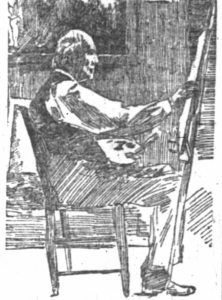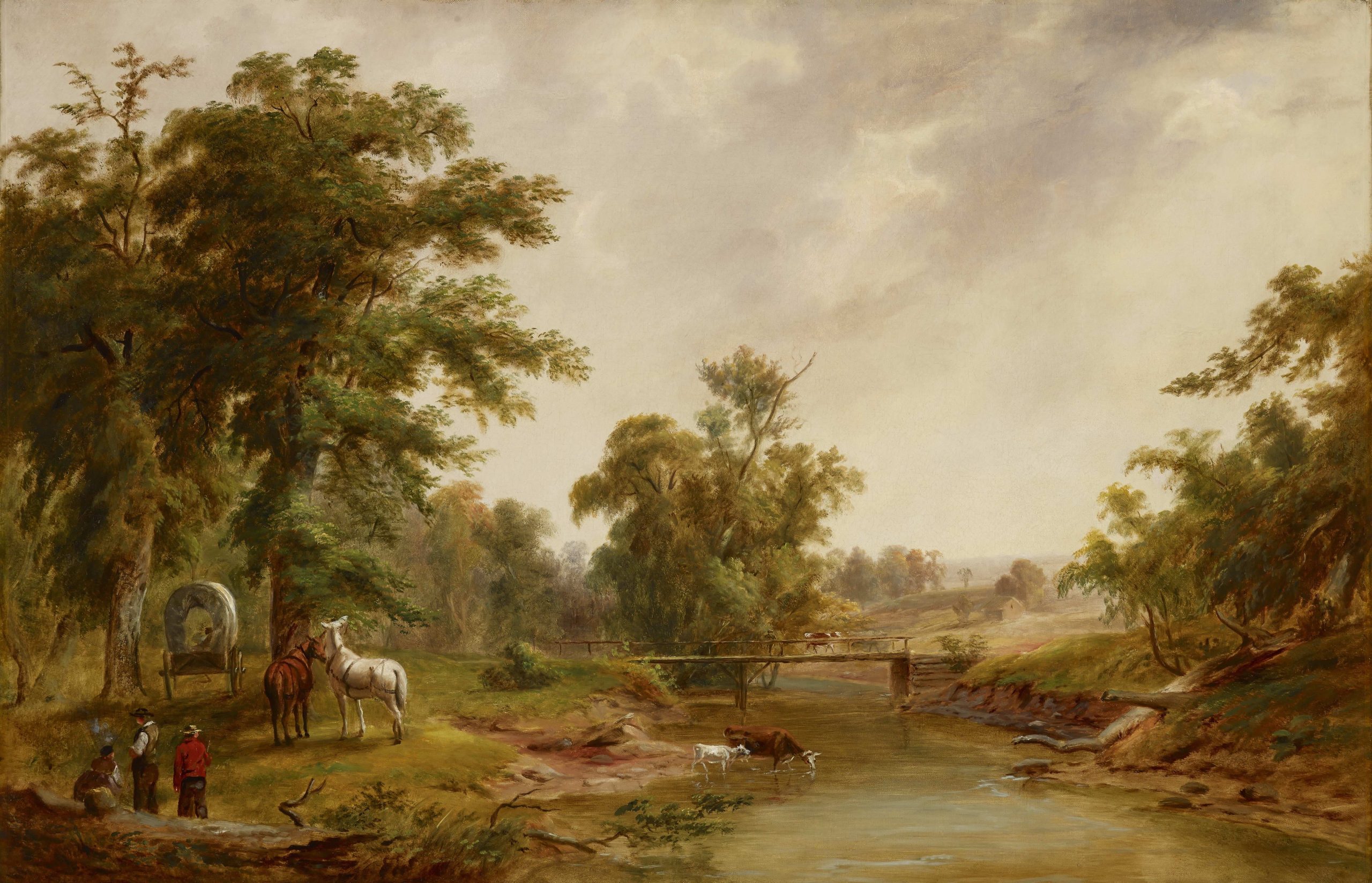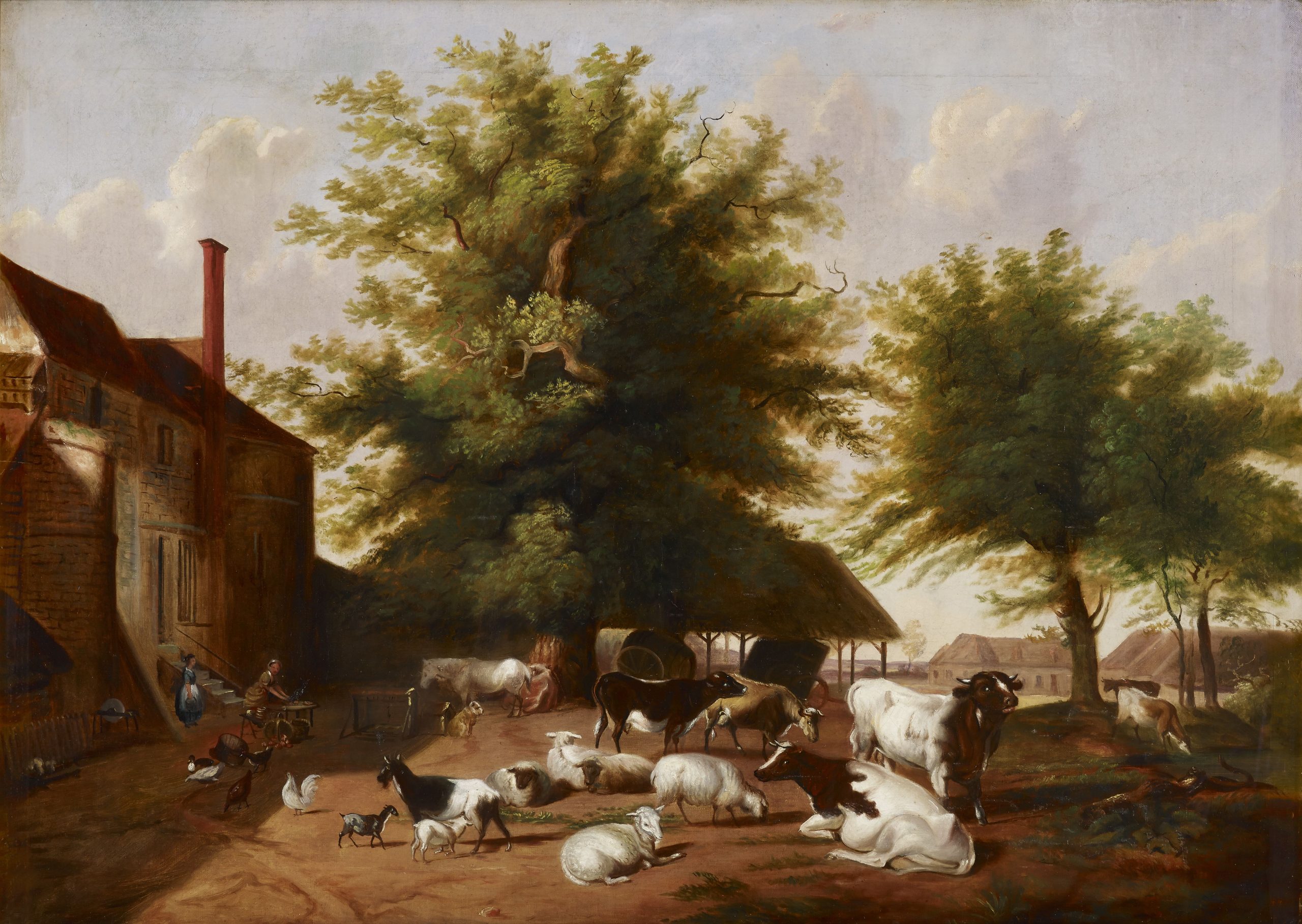
Photo info ...
Credit: Indianapolis NewsView Source
(Nov. 9, 1810-Jan. 2, 1892). Cox was the major figure in the early development of visual arts in Indianapolis, maintaining a studio in the city from about 1840 until his death, a period of over 50 years.
Cox was born near Philadelphia and spent his youth in Washington, Pennsylvania, apprenticed to a tinsmith. In 1833, he and his brother Charles arrived in Indianapolis where they opened a stove, tinware, and coppersmith store. Cox had shown interest in art during his youth but was discouraged from pursuing his passion to focus on a more practical trade. Cox even dabbled in politics serving two terms as councilman for Indianapolis’ third ward in 1840 and 1841. However, Cox made painting his primary profession as art overshadowed his business and political aspirations.
He gained recognition in 1840 for painting a large political banner carried by an Indianapolis delegation to the Tippecanoe battleground in support of William Henry Harrison. His first formal advertisement as a portrait painter appeared in the on December 30, 1841, and by 1843, a local editor asked, “Reader, have you visited Mr. Cox’s painting gallery? If not, whether married or single, have your portrait painted.” His portraits, as well as landscapes and figure compositions, soon found their way into numerous homes. Many of these pictures portrayed local scenes, for as Cox said, material at home was as good as could be found anywhere, nature was familiar, and the public more sympathetic.

He made two trips outside the city. In the winter of 1842, he opened a studio with John Gibson Dunn in Cincinnati but returned home six months later. He traveled to New York in 1860 where he met eastern artists and took his first formal instruction at the National Academy of Design.
Cox had painted five Indiana governors, including father David Wallace prior to the formation of the Governors Portraits Collection in 1869. These were hanging in his studio as examples of his work. In 1869, Governor Conrad Baker commissioned him to paint Governor Henry Smith Lane, and this portrait and the other five are now part of the state collection.

Throughout his career, Cox generously took time to instruct aspiring artists. Students included Joseph O. Eaton, Lottie Guffin, Virginia Todd, Margaret Rudisill, India Kirkland, and Cox’s daughter, Julia, who painted the full-length portrait of Lovina Streight that hangs in the Indiana State House. called him his “Father in Art” and said he was one of the most agreeable and lovable men he ever met. Cox was a trustee and town councilman and a vestryman at . His painting of a Madonna hangs in the library of the church.
Cox’s portraits are direct, straightforward statements about the people who sat before his easel. His figure paintings, often inspired by other pictures, were usually referred to as “fancy pieces” since they were romantic and rather fanciful compositions of children and pretty girls.
Cox’s paintings are included in collections at the Indianapolis Museum of Art (see ), the , the Indiana , and in the collection of .

Help improve this entry
Contribute information, offer corrections, suggest images.
You can also recommend new entries related to this topic.